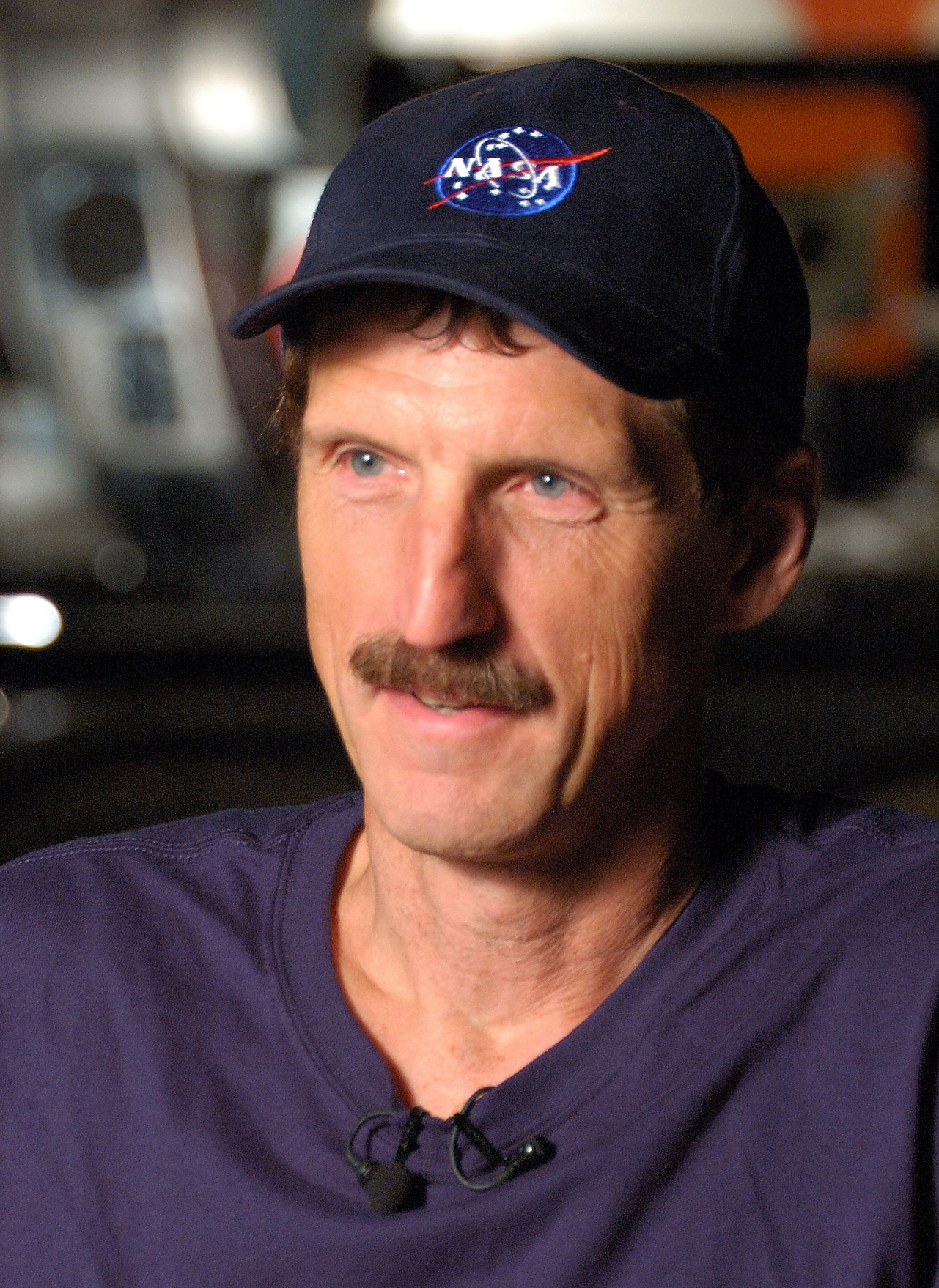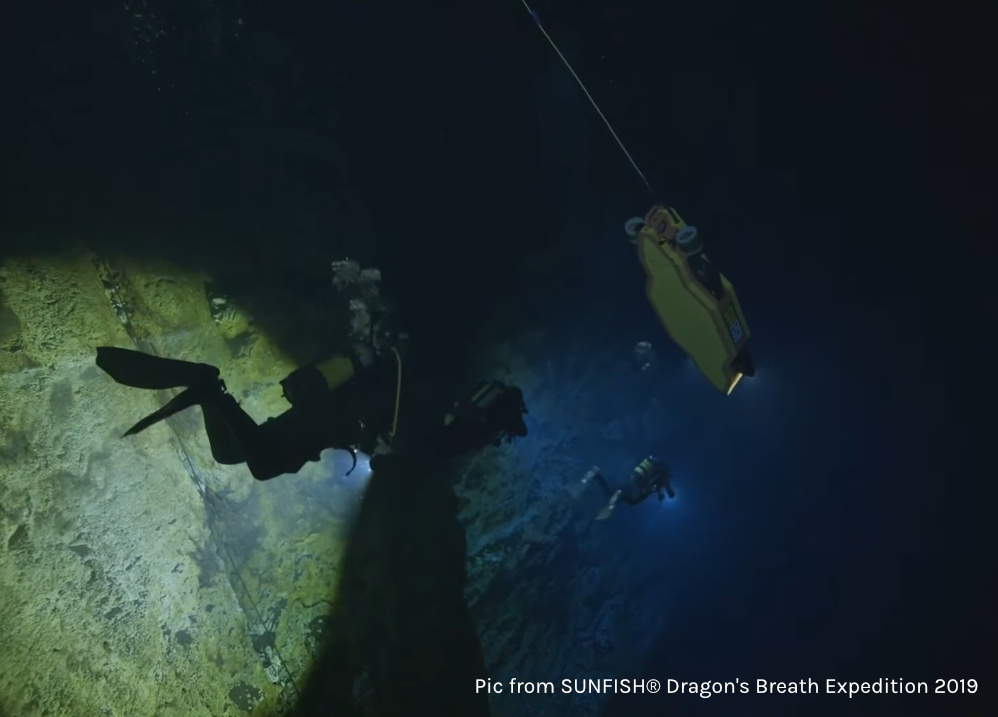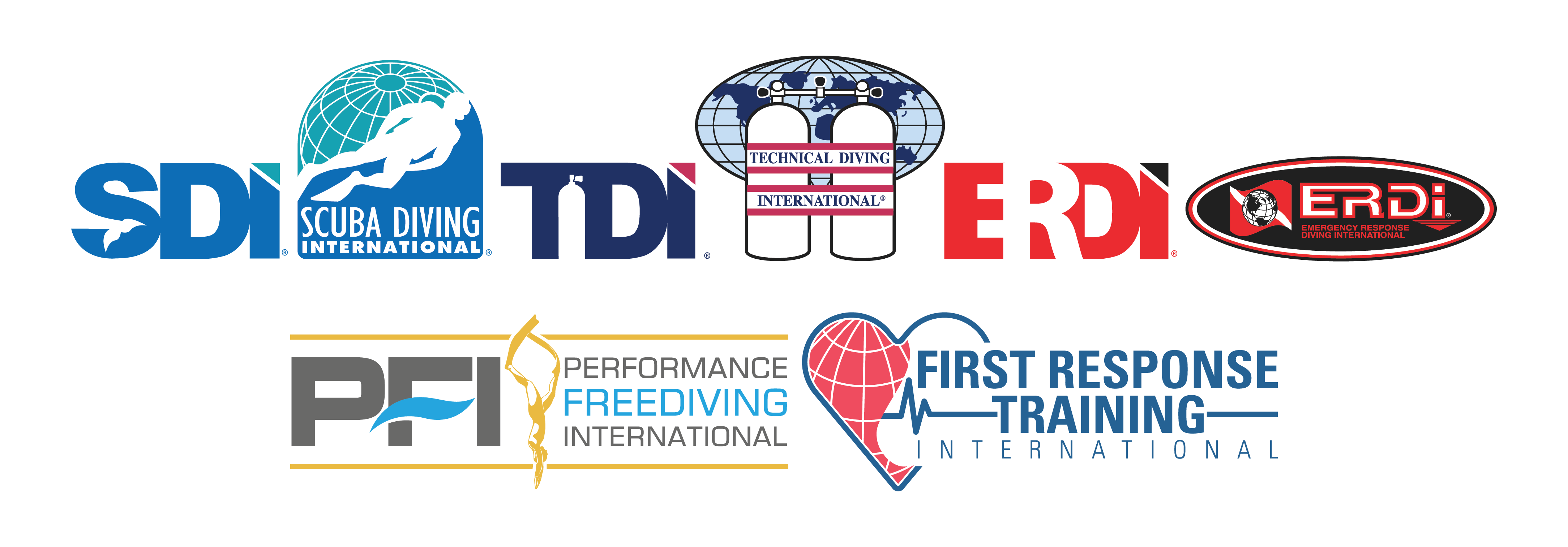
Dr William Stone's Topics:
Topic 1:
36 Years in Sistema Cheve, Oaxaca, Mexico
Sistema Cheve has been dye traced to a spring 2,700 meters lower in elevation in the Sierra Juarez of northeastern Oaxaca, making it a strong contender for the world's deepest cave. A major breakthrough in 2021 extended the cave to more than 80 kilometers in length with the current limit of exploration at 5 and 1/2 days of hard travel from the nearest entrance. Single push underground stay times reached 30 days in 2021. Along the way numerous diving efforts have been involved, both OC and RB, at extremely remote locations. This talk will describe the cave, the dives, and expeditions planned for the coming years
Topic 2:
Recent Advances in Autonomous Unmanned Cave Diving
During the past 20 years, under NASA funding for the development of robotic systems for the exploration of sub-surface oceans of the icy moons of Jupiter and Saturn, Stone Aerospace has developed and fielded four generations of autonomous underwater vehicles. The 4th-generation machine, SUNFISH, is a 6-degree-of-freedom hovering device that operates on more than 400,000 lines of AI behavior-based code. It creates 3D maps of the world around it and decides on its own where to explore. In 2019 it became the first autonomous system to explore completely unknown subterranean underwater territory, on its own, in Namibia. This talk will review the development history of SUNFISH, the work in Namibia, and upcoming robotic cave diving missions.
Panel Discussion:
The Rise of the Machines: Will Cave Divers soon be Obsolete?
Everyone today is aware of the development of driverless cars. Uber, Google, and others have invested heavily in the development of robotic taxis. These same autonomy tools have migrated to autonomous underwater systems with a lineage that traces all the way back to the 1999 Wakulla Springs Digital Wall Mapper device that produced the first 3D cave map. With the fully autonomous exploration of Dragon's Breath cave in Namibia in 2019 it is now fair to ask: are cave divers obsolete? Robots can explore and create 3D maps in zero visibility. They perform no decompression. Their range and depth can be engineered to whatever is needed. And they risk no human life. Will we find such devices as collaborative "friends" or competition in the exploration of the last terrestrial frontiers?

Dr William “Bill” C. Stone
President and CEO, Stone Aerospace, Inc., USA
Scientific, Technical, and Management Performance.
During the past 41 years Dr. Stone has founded 8 startup companies, holds 33 issued patents and seven patents-pending, and serves on the board of directors for four corporations.
He led the design, development, and manufacture of numerous scientific and exploratory inventions including closed-cycle life support systems, autonomous ground and sub-ice underwater vehicles; ice penetrating cryobots; and high energy optical waveguided power transmission. Since 2003 he was PI or Co-I of the NASA field robotics systems:
- ARTEMIS [NNX14AC01G] (first AUV to undertake long distance exploration under the McMurdo Ice Shelf in Antarctica, 2015);
- ENDURANCE [NNX07AM88G] (first sub-glacial lake exploration robot, 2008);
- VALKYRIE [NNX11AJ89G] (first laser-powered cryobot, 2014); and
- DEPTHX [NNG04GC09G] (autonomously explored the world's deepest hydrothermal spring and discovered four new bacterial phyla, 2007).
He is the chief architect of the Stone Aerospace SUNFISH AUV.
Dr. Stone was PI or Co-I on eight NASA field campaigns. All of those field campaigns were conducted with novel robotic systems in demanding settings with zero accidents and the teams all returned safely, as did all of the vehicles.
During the past five years Dr. Stone has successfully directed the SPINDLE [NNX15AT32G], ARCHIMEDES [NNX17AF64G], and THOR [80NSSC18K1738] projects for the NASA Ocean Worlds program and is the PI for the SESAME project PROMETHEUS [80NSSC19K0612], all of which deal with technologies to enable Ocean World planetary missions. These NASA-funded endeavours have created 21 inventions affecting both sub-glacial AUV autonomy and cryobot design.
Web Links
For 14 years (2007-2021) of News articles, Interviews, Documentaries, and PodCasts see Stone Aerospace News.
Deep Cave Exploration
- Descending into One of the Deepest Caves on Earth
- 2021 Sistema Cheve Expedition
- In Deep: The dark and dangerous world of extreme cavers
- To Hell and Back
Invention
- Cryobots Could Drill Into Icy Moons With Remote Fiber-Optic Laser Power
- Winner: Poseidon Discovery The world’s leading designer of scuba gear brings closed-circuit rebreathers to the masses
- Robot Subs in Space
Shackleton Energy Company (mining the moon)
- The Caveman in Space
- Inside the World's Deepest Caves (Bill Stone, TED 2007)
- Mining the Moon: A Q&A with Shackleton Energy's Bill Stone
- Mining the Moon
- New Moon (Discover Magazine)
Antarctic Research
Exploring the World's Deepest Hydrothermal Spring
Corporate Affiliations
- CEO, Stone Aerospace, Inc.
- CEO, Sunfish, Inc.
- Chairman, Shackleton Energy Company (2007 - present)
- President, Piedra-Sombra Corporation, Inc. (2001-2016)
- Chairman, Cis-Lunar Development Laboratories, Inc. (1987-2004)
- President, U.S. Deep Caving Team, Inc. (1980-present)
- Member, Board of Directors of LunaCorp, Inc. (1989-2003)
- Author of 140+ engineering publications
- Author of more than 100 exploration-related publications
- Author of two books on exploration, including the June 2002 release by Time-Warner of “Beyond the Deep” and the 1989 book “The Wakulla Springs Project”. Principle subject of the book “Blind Descent” by James Tabor (2010).
Selected Publications
- Stone, W.C., Siegel, V., Richmond, K., Flesher,C., Tanner, N., Moor, J., and Harman, J., Autonomous Exploration of Earth's Largest Subterranean Lake and Implications for Robotic Lunar and Mars Lava Tube Exploration, Proceedings, American Geophysical Union (AGU), Session P042, December 14, 2020.
- Stone, W.C., et al, “Sub-Ice Autonomous Underwater Vehicle Architectures for Ocean World Exploration and Life Search”, in: Outer Solar System: Prospective Energy and Material Resources, Springer 2018, ISBN 978-3-319-73844-4, https://doi.org/10.1007/978-3-319- 73845-1, Badescu V., and Zacny, K. editors, pp 429-541 (Chapter 10).
- Richmond, K., Flesher, C., Tanner, N., Siegel, V., and Stone, W.C., Autonomous exploration and 3-D mapping of underwater caves with the human-portable SUNFISH AUV, IEEE Conference Proceedings, Oceans 2020, September 2020.
- Stone, W.C., et al. 2011. Design and deployment of a four-degrees-or-freedom hovering autonomous underwater vehicle for sub-ice exploration and mapping. Proceedings of the Institute of Mechanical Engineers, Part M: Journal of Engineering in the Maritime Environment. 224: 341061.




